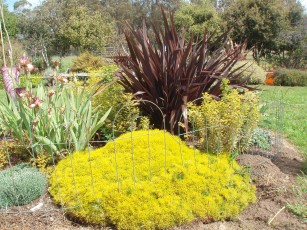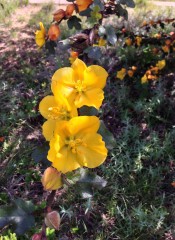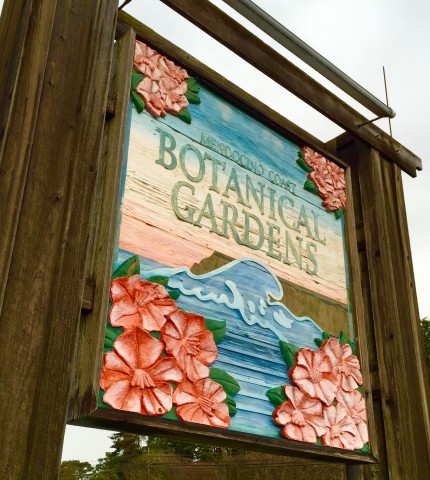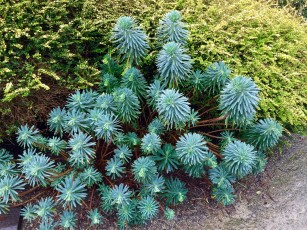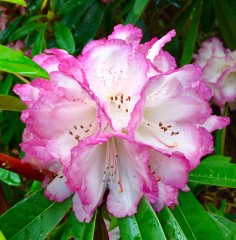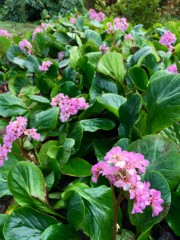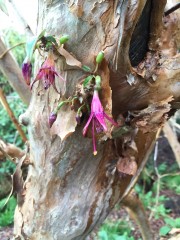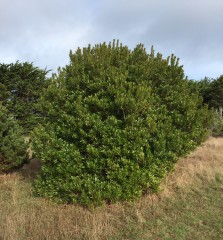If you were waiting for some rain before planting to control erosion wait no more. That last storm brought plenty of the wet stuff and the next round is hopefully not far off. You?ve gotten a reminder of those areas that need stabilization during the rainy season.
Fall is the perfect time to start planning and planting. The nights are cooler, the days shorter and the soil still warm. Everything that a new plant needs to get a good start.
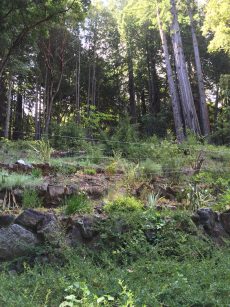
Using the right plants on hillsides can help slow, spread runoff and prevent soil erosion. Often they need to adapt to shallow, poor soil and cope with less than ideal conditions all while putting down dense, strong roots. Mulch also protects soil from direct rain impact and slows runoff across bare soils. This is important while new plants are growing in. Covering the steepest slopes with jute netting through which plants may be installed is an added precaution.
What plants are good for controlling erosion in our area? When choosing plants to cover a bank for erosion control, assess the conditions of the area you want to plant. Is it in the sun or shade? Is it a naturally moist area or dry? Do you intend to water it or go with our natural cycle of wet in the winter and dry in the summer? Matching the plant to the site conditions will ensure success. California natives are well suited to this job.
If the area you need to stabilize is large and mostly shade, consider ribes viburnifolium or Evergreen Currant. Like mahonia repens or Creeping Mahonia it needs no irrigation when established. Another native, the Common or Creeping Snowberry can also hold the soil on steep banks, spreading by underground stems that stabilize the soil.
A bank in the sun would contain a different plant palette. Common native shrubs for sun include ceanothus groundcover types such as ?Centennial?, ?Anchor Bay? and maritimus that are not attractive to deer like the larger leaved varieties. Manzanita are also excellent at controlling erosion.
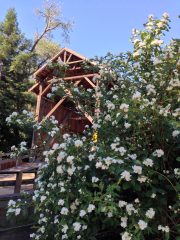
Some other good California native shrubs for erosion control are Western redbud, mountain mahogany, Western mock orange, lemonade berry, toyon, bush poppy, matilija poppy. spicebush, pink flowering currant and Western elderberry.
Smaller natives that put down deep roots are yarrow, coast aster, California fuchsia, wild grape, mimulus, buckwheat, wild rose, sage, deer and needle grass, Pacific Coast iris, penstemon, artemisia and salvia.
Remember when setting plants on a steep slope to arrange them in staggered

rows. Make an individual terrace for each plant and create a basin or low spot behind each one ( not around the stem ) to catch water. Set the crowns of the plants high so they won’t become saturated and rot after watering and make sure mulch does not build up around the stem.
These suggestions are just a few of the plants that control erosion. Every area is different and every situation unique.

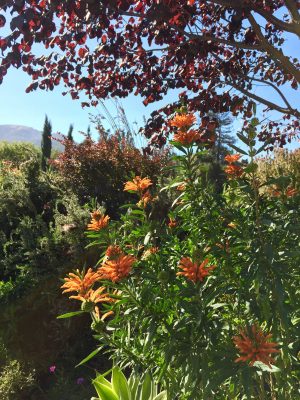
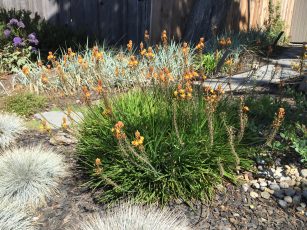
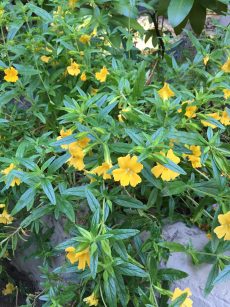

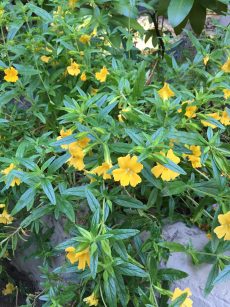
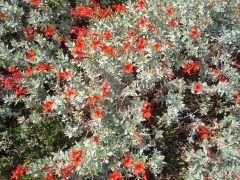

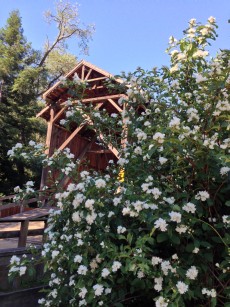
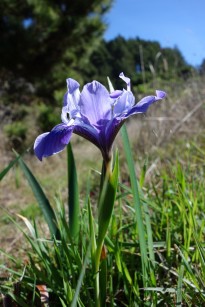
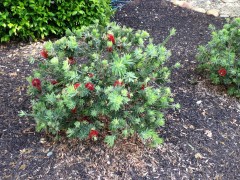
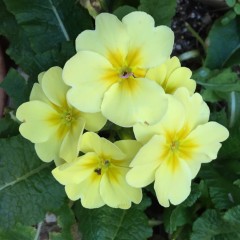
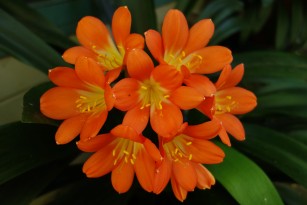
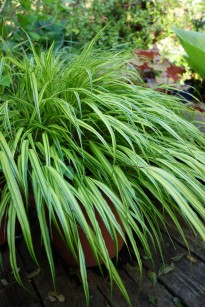
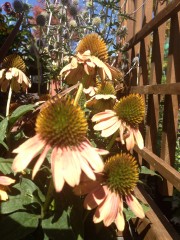 ant to add more vibrant colors to this area I?m looking to some of the new?echinacea or coneflower. From deep gold to pumpkin orange to red-orange sunset colors this perennial has medium water needs once established and is deer tolerant. I?m hoping the seed heads will attract more goldfinches to my garden if I don?t deadhead but allow the flowers to remain on the stalks throughout the summer and into the fall. I can also plant more California native grasses for the goldfinches like blue and yellow-eyed grass and festuca californica.
ant to add more vibrant colors to this area I?m looking to some of the new?echinacea or coneflower. From deep gold to pumpkin orange to red-orange sunset colors this perennial has medium water needs once established and is deer tolerant. I?m hoping the seed heads will attract more goldfinches to my garden if I don?t deadhead but allow the flowers to remain on the stalks throughout the summer and into the fall. I can also plant more California native grasses for the goldfinches like blue and yellow-eyed grass and festuca californica.